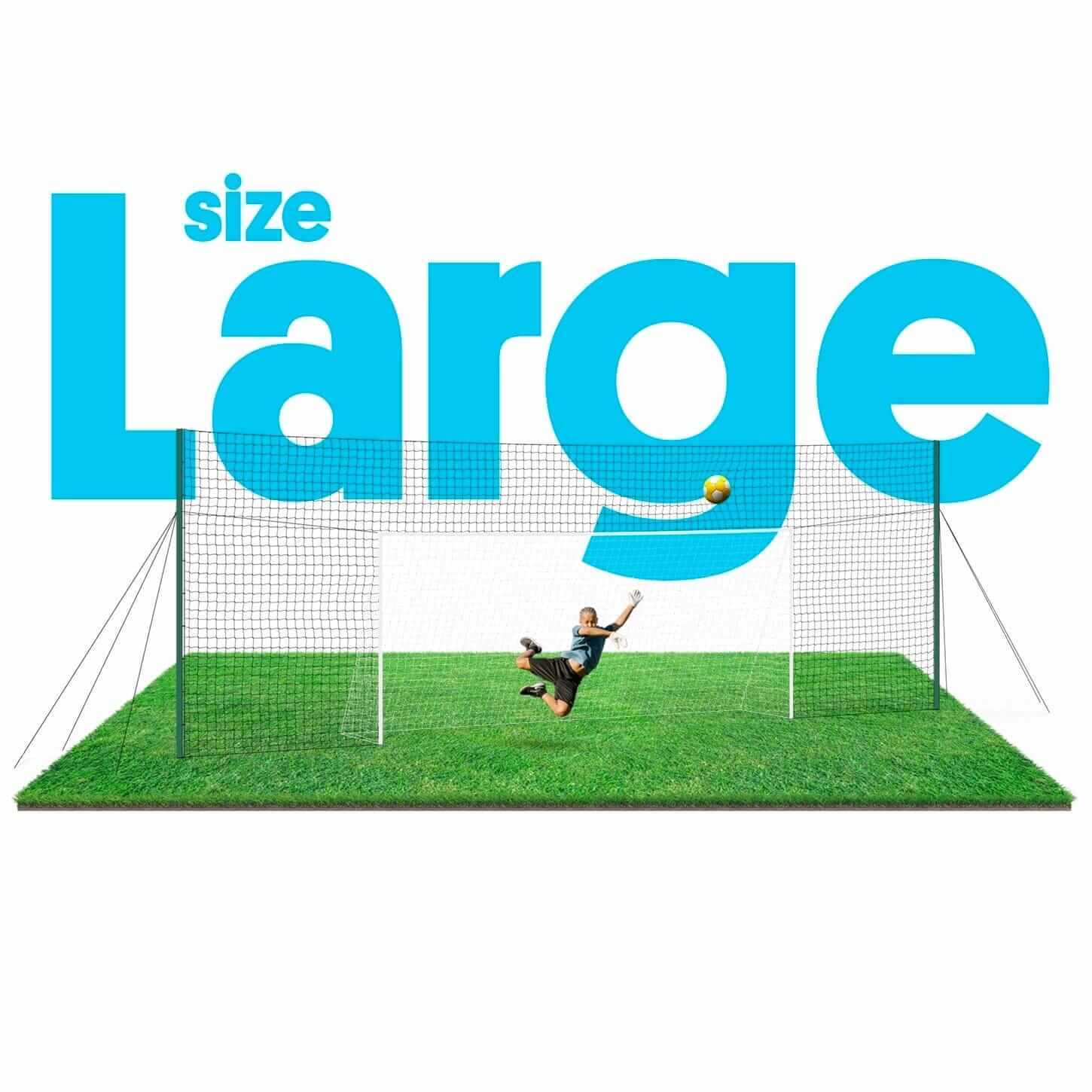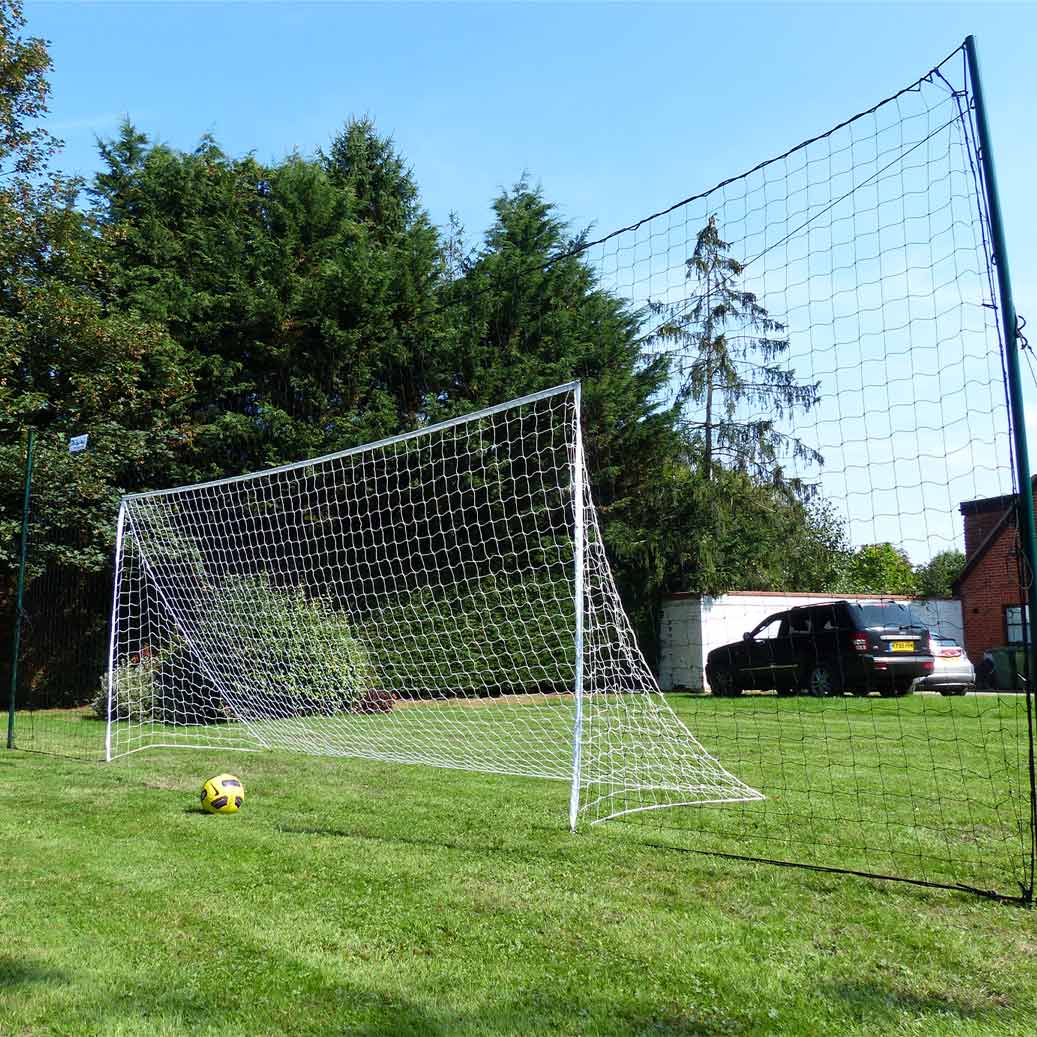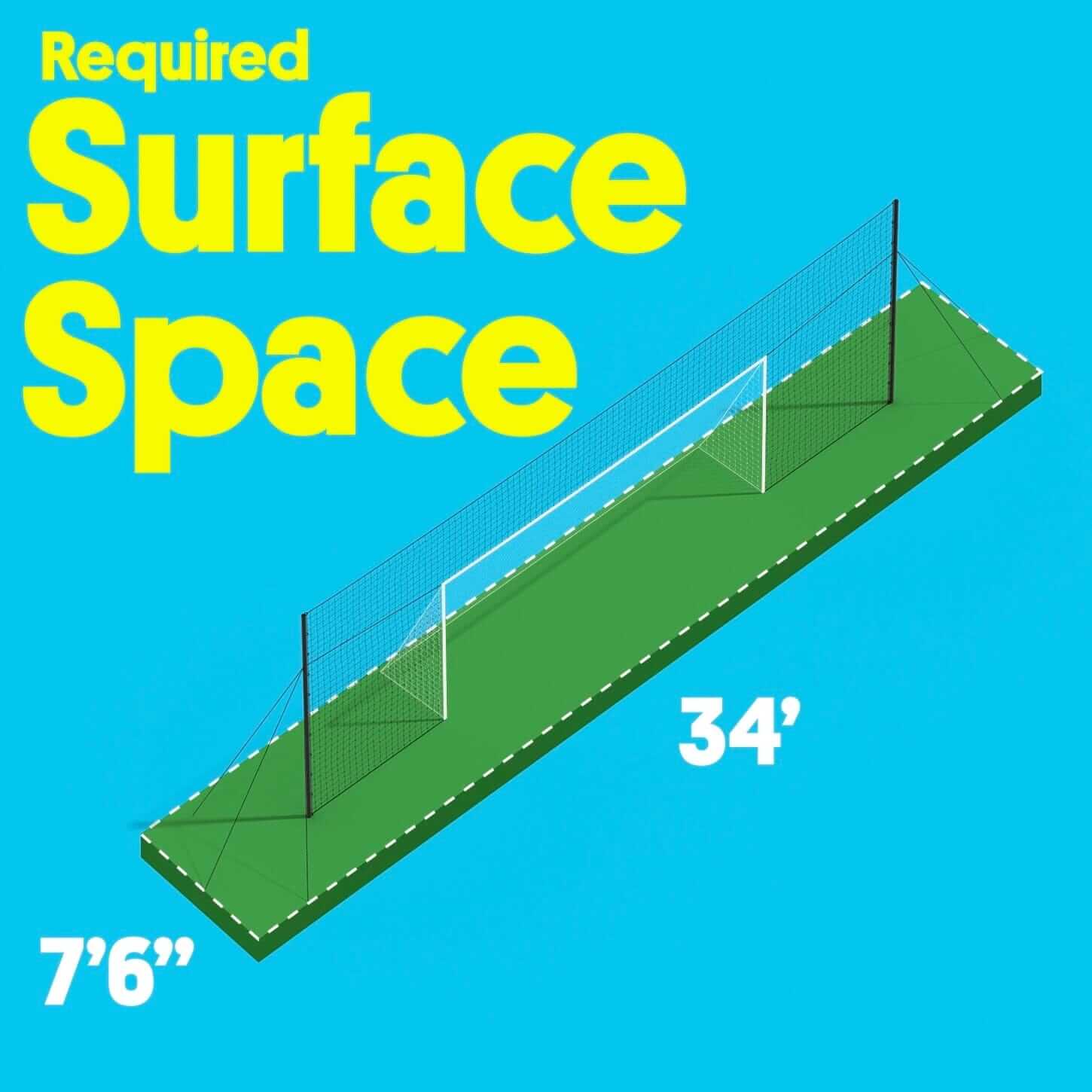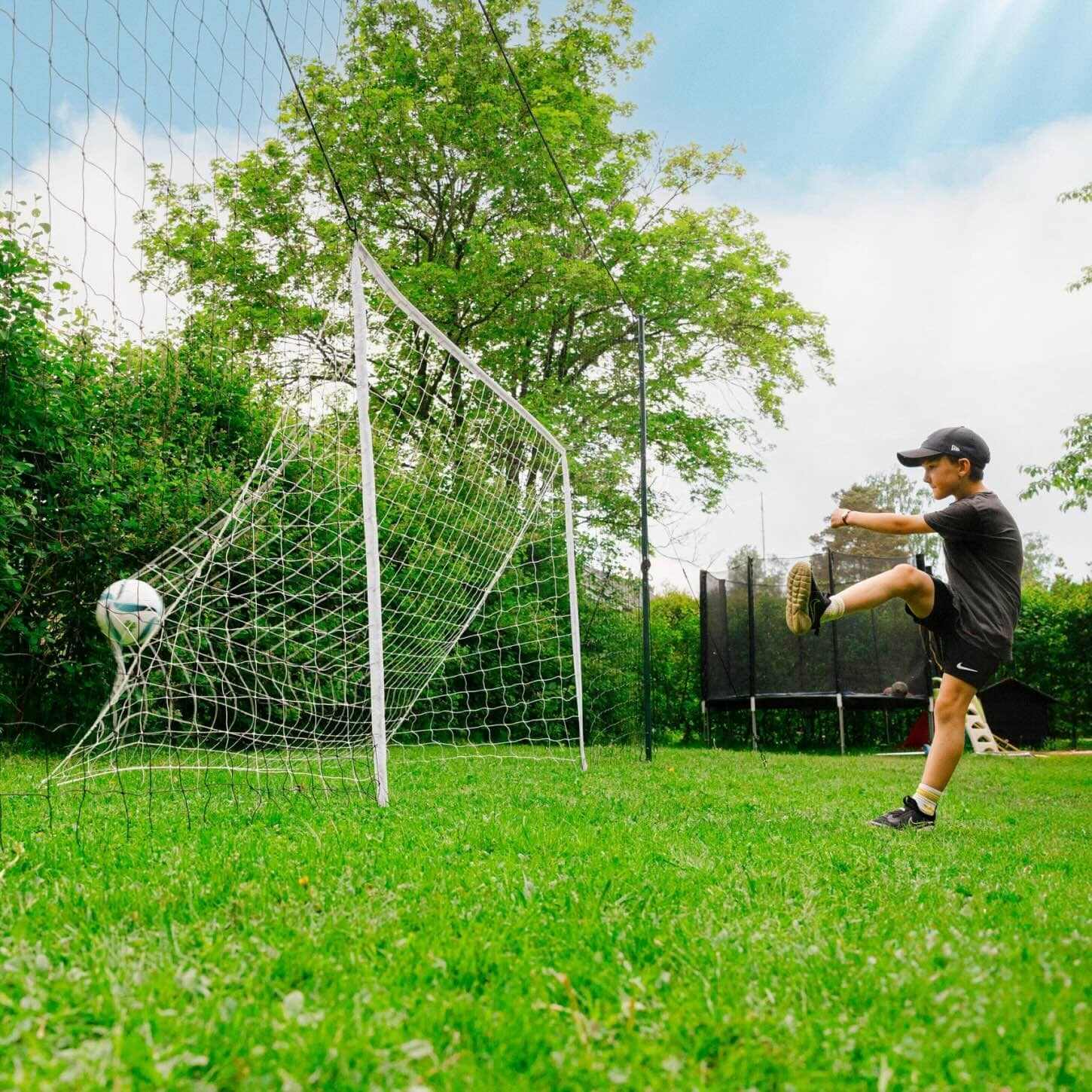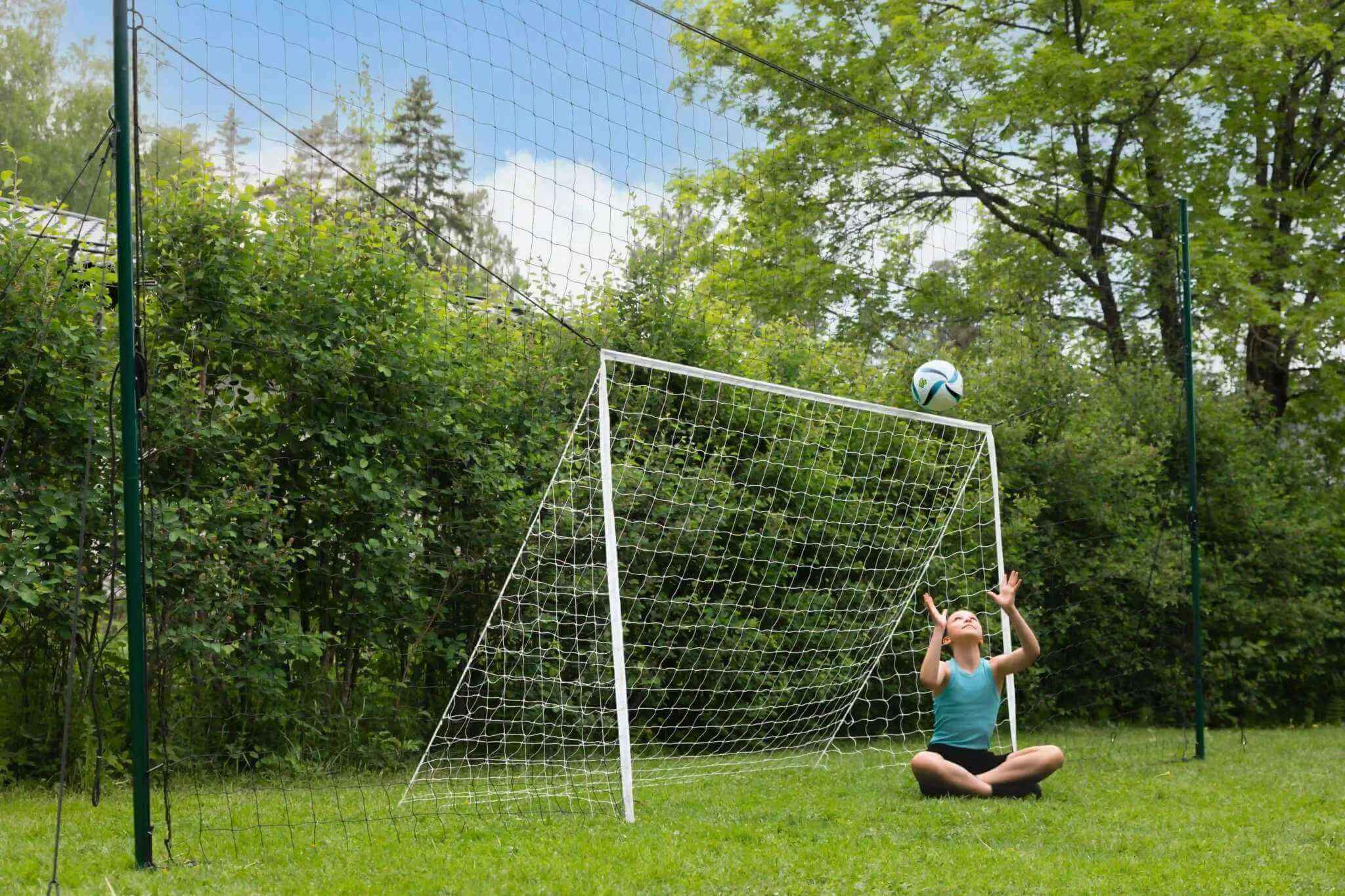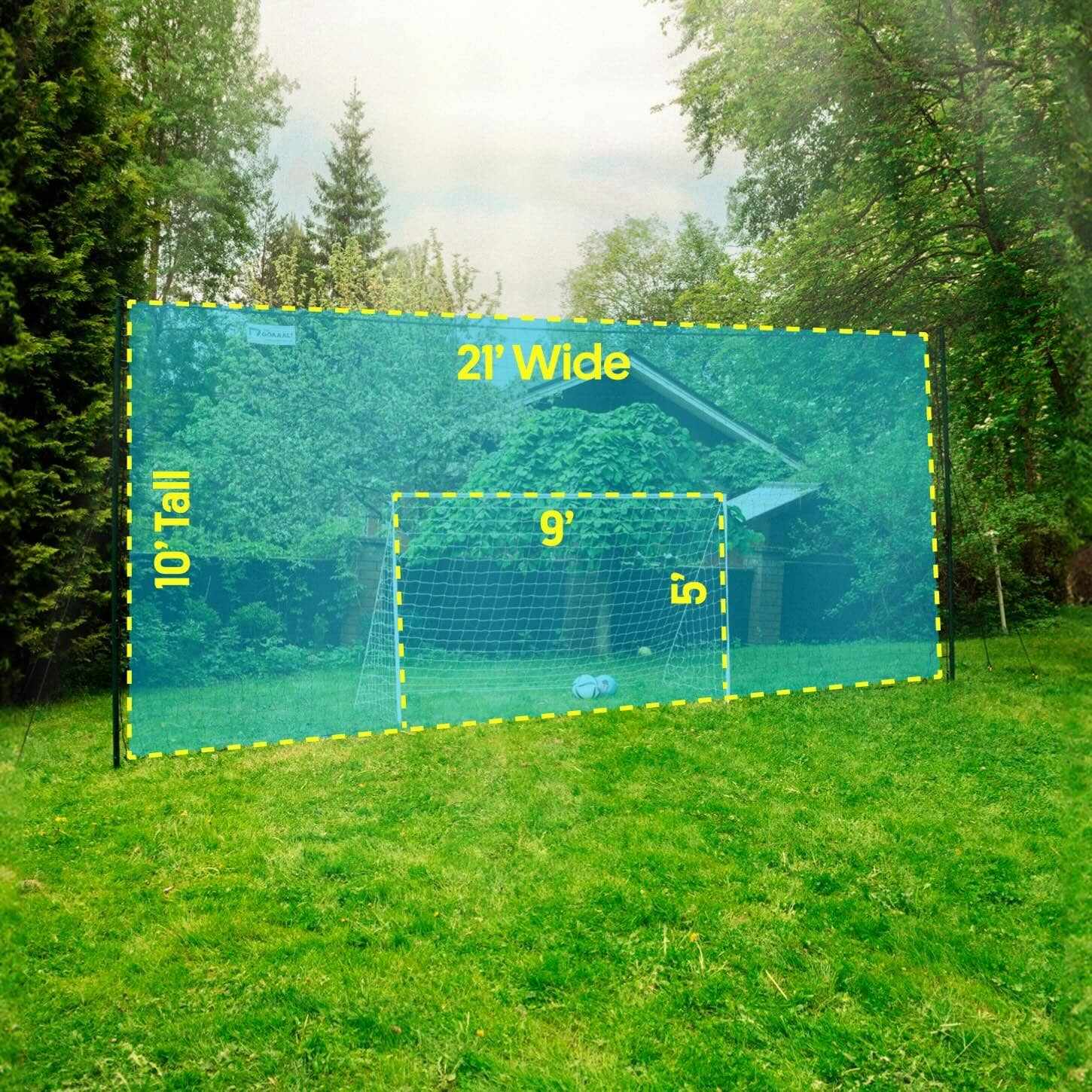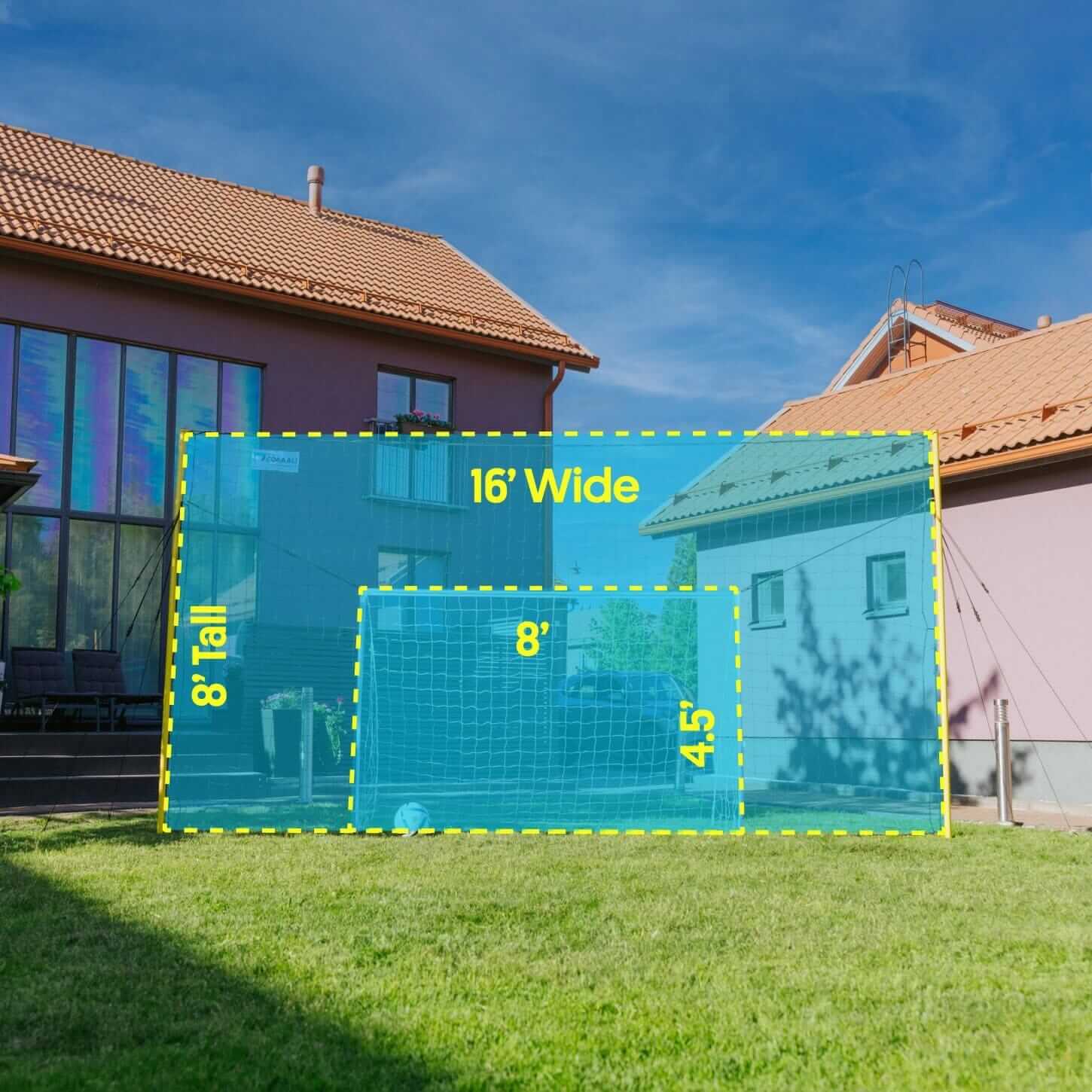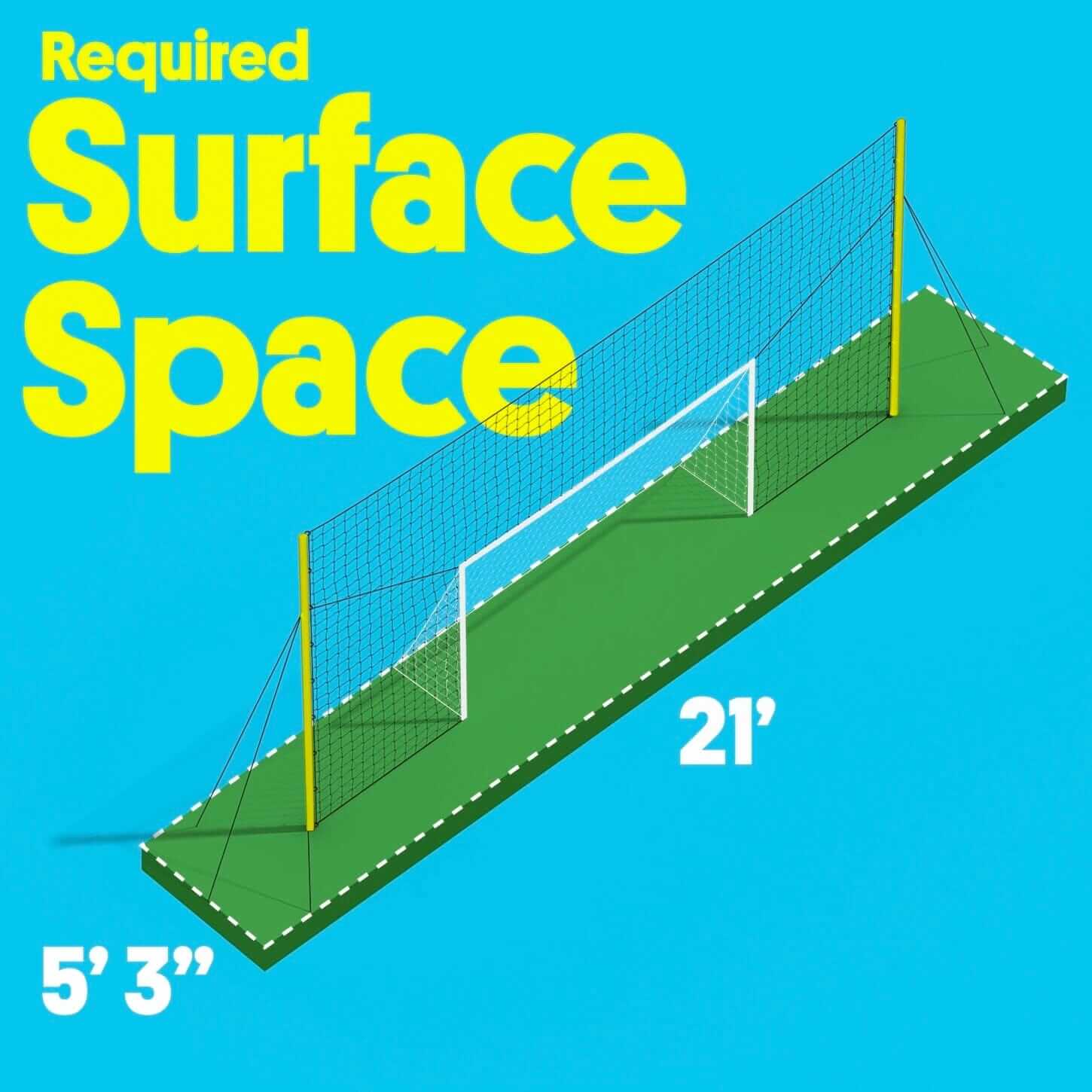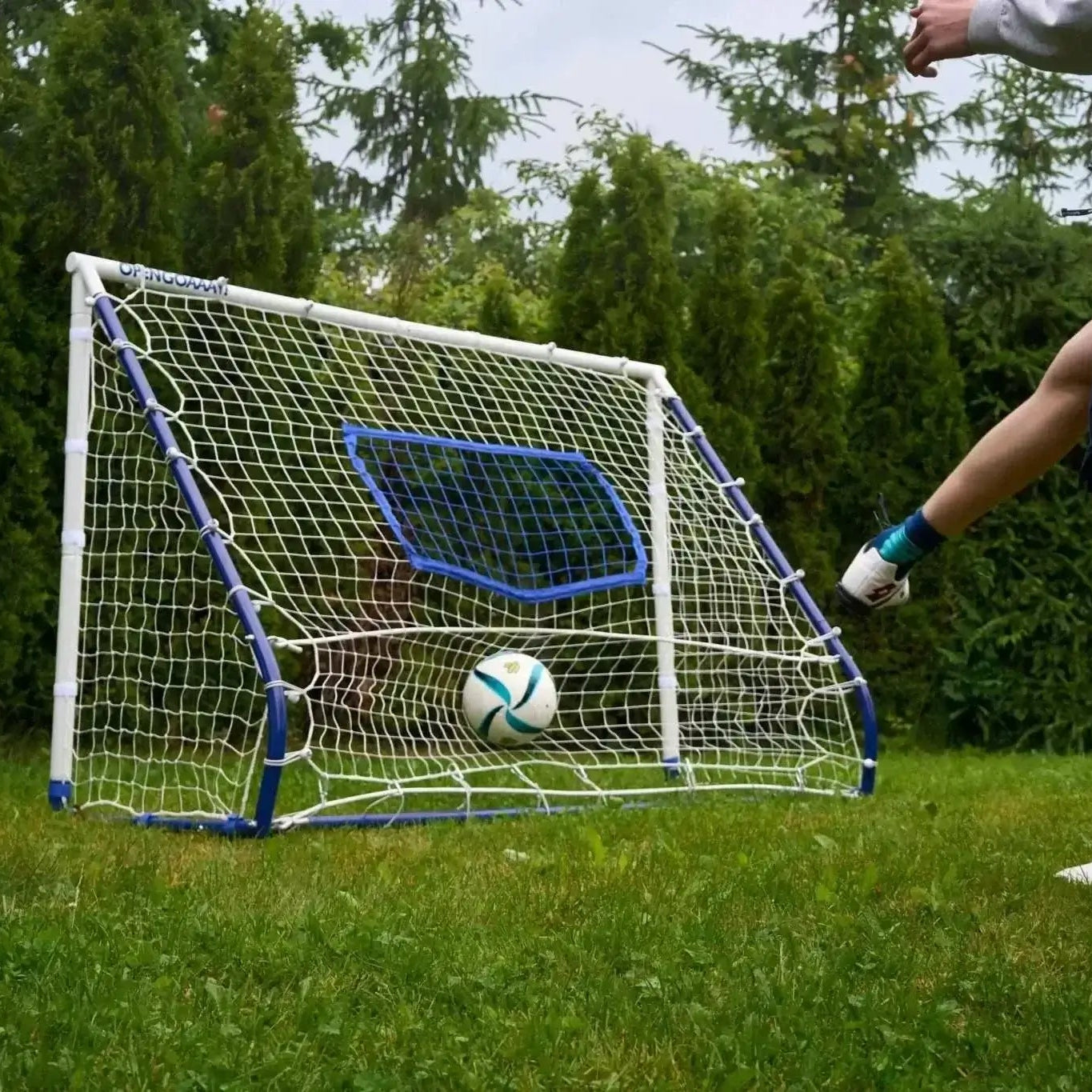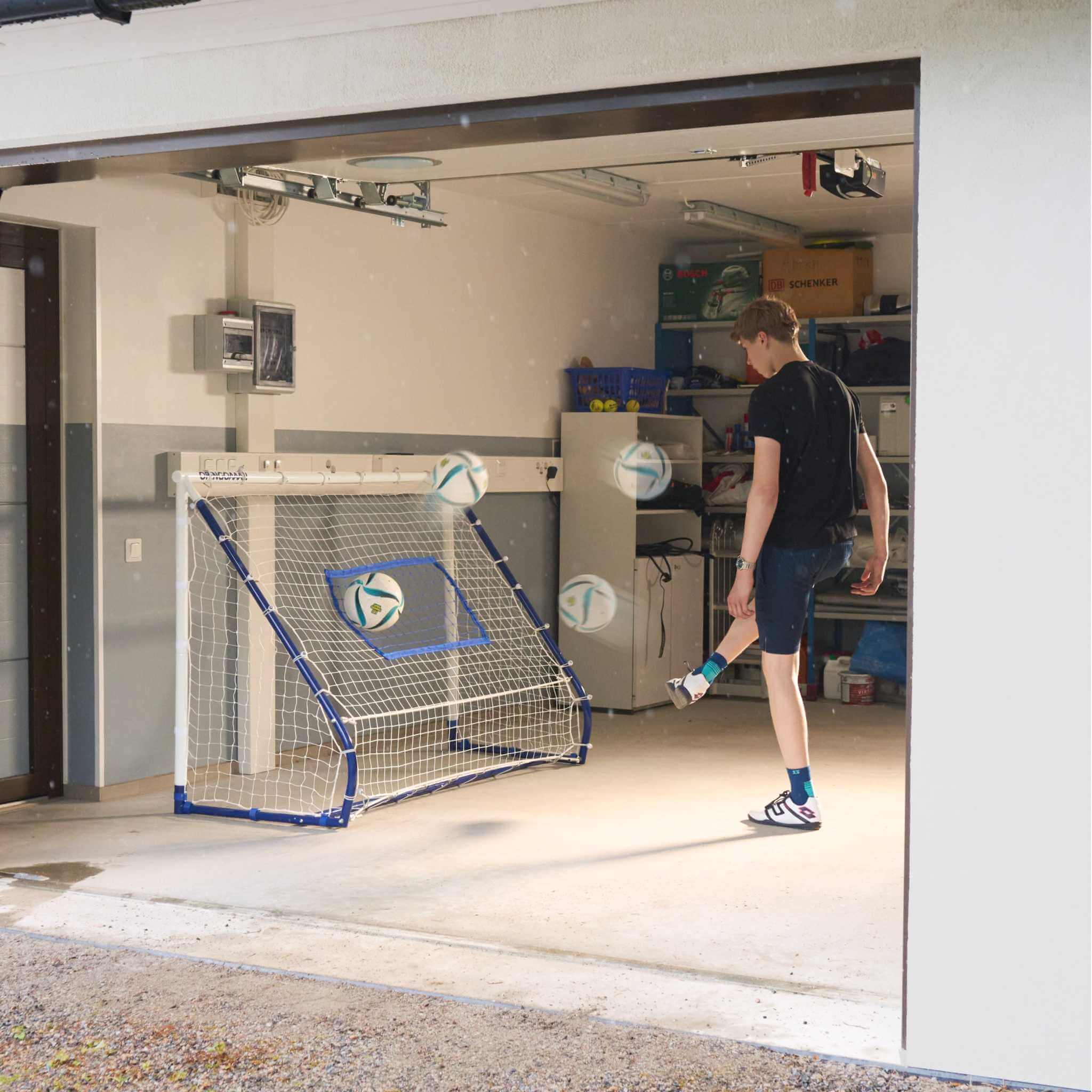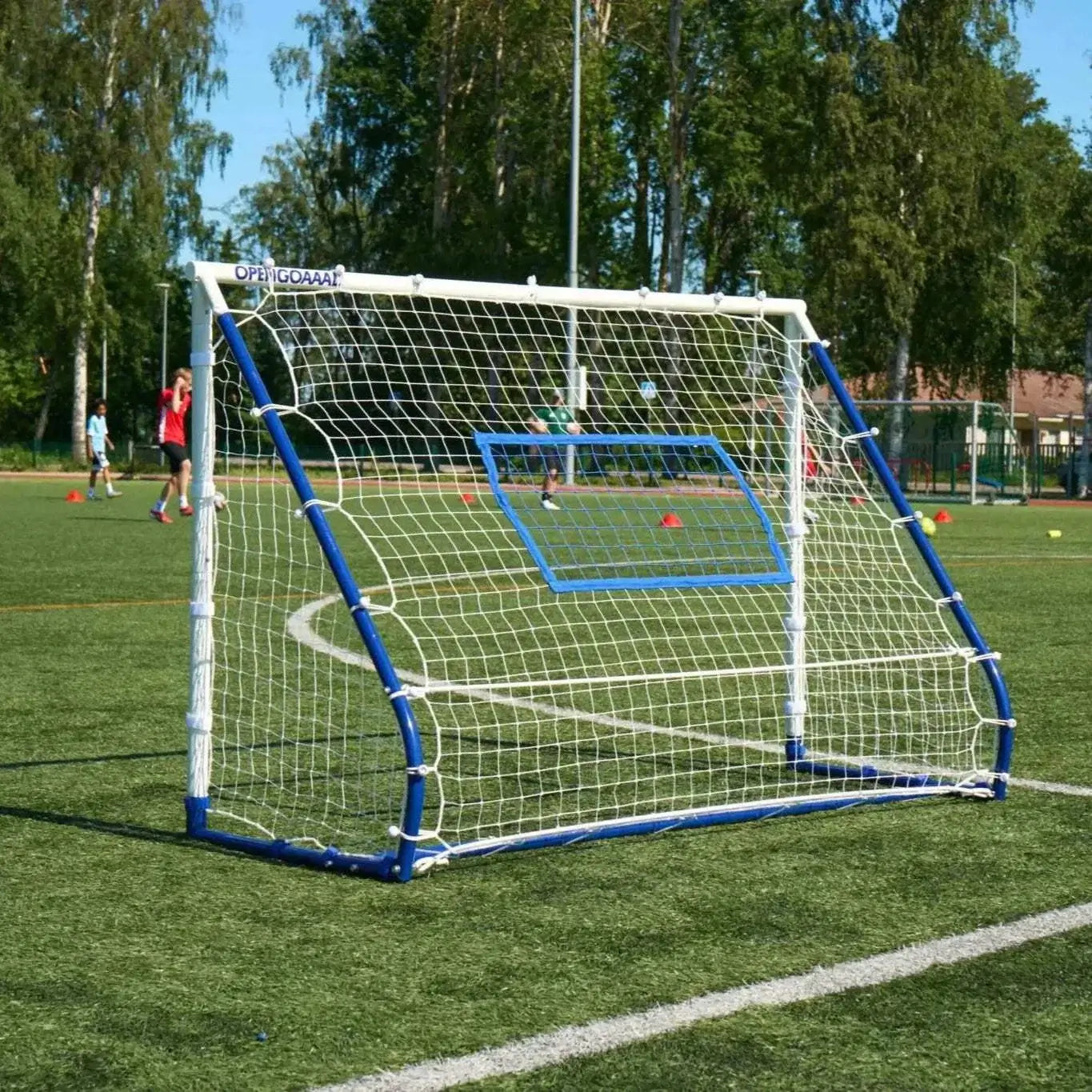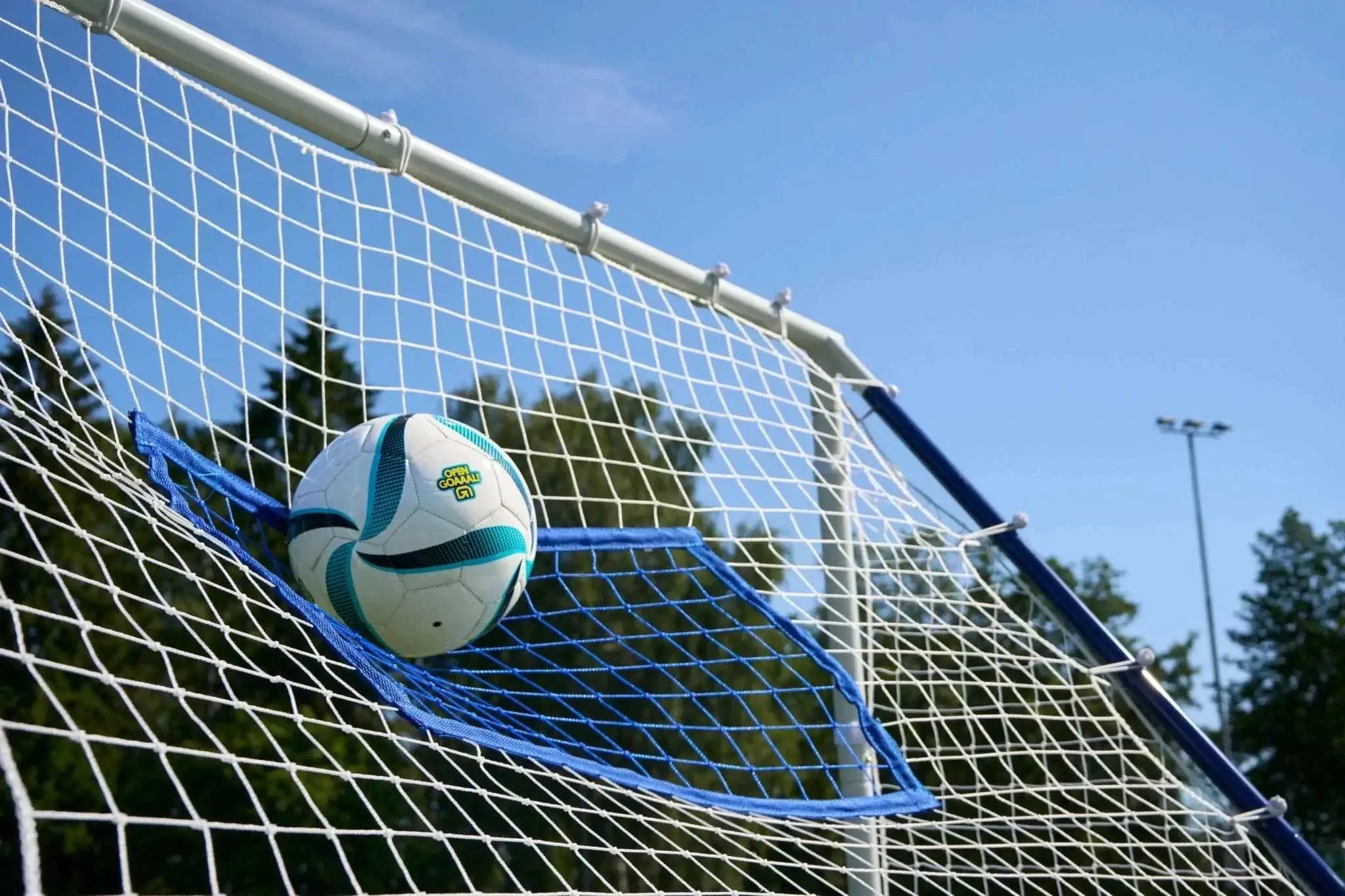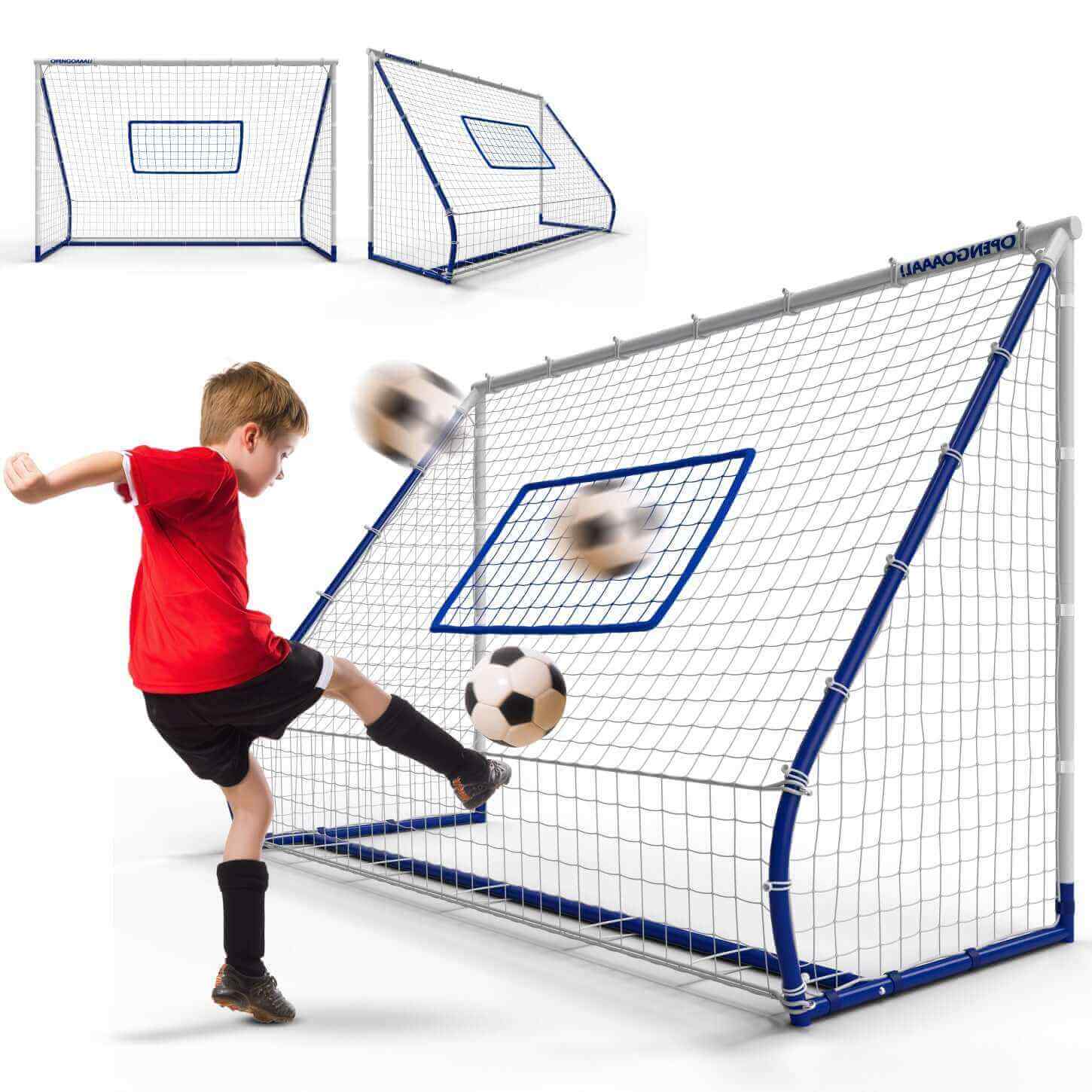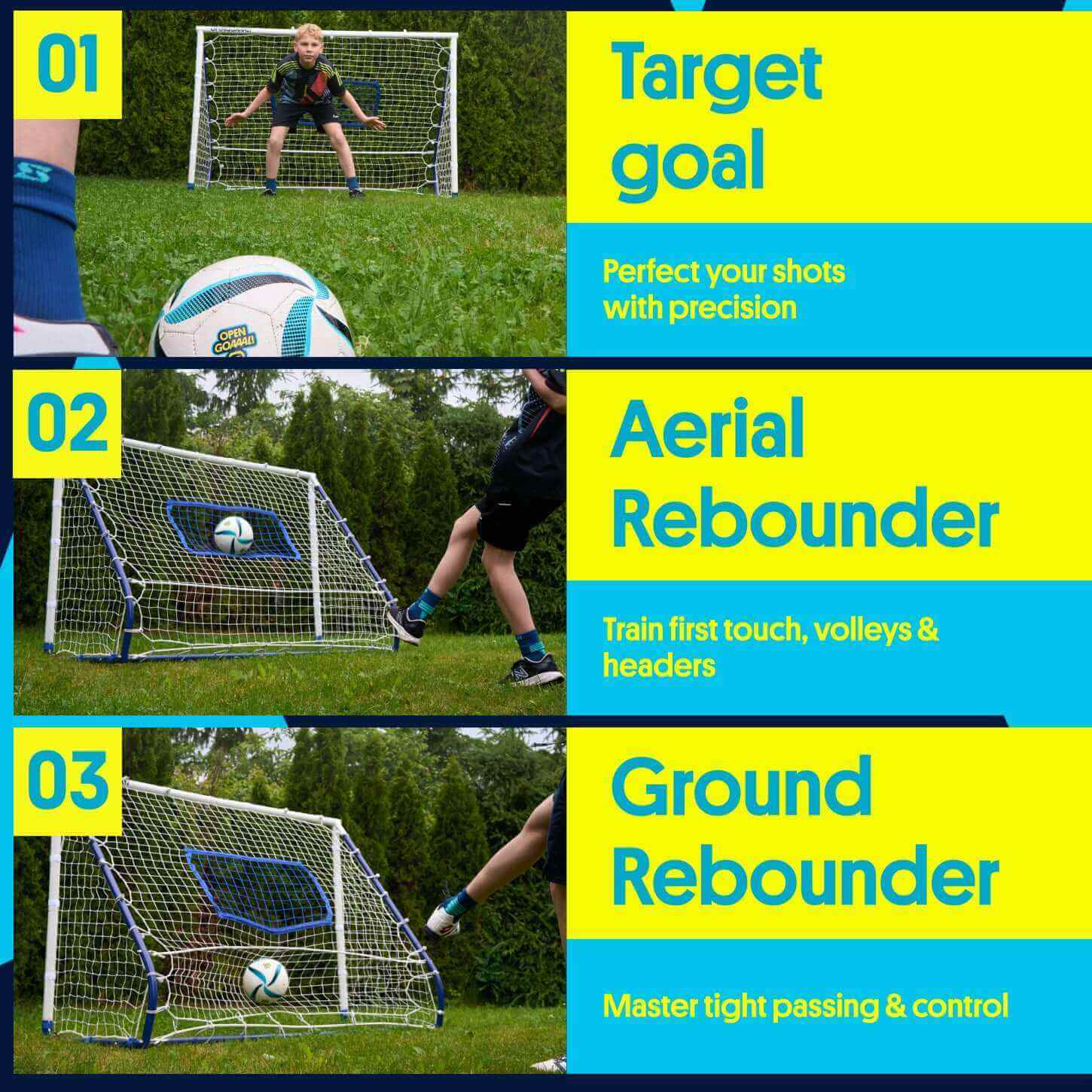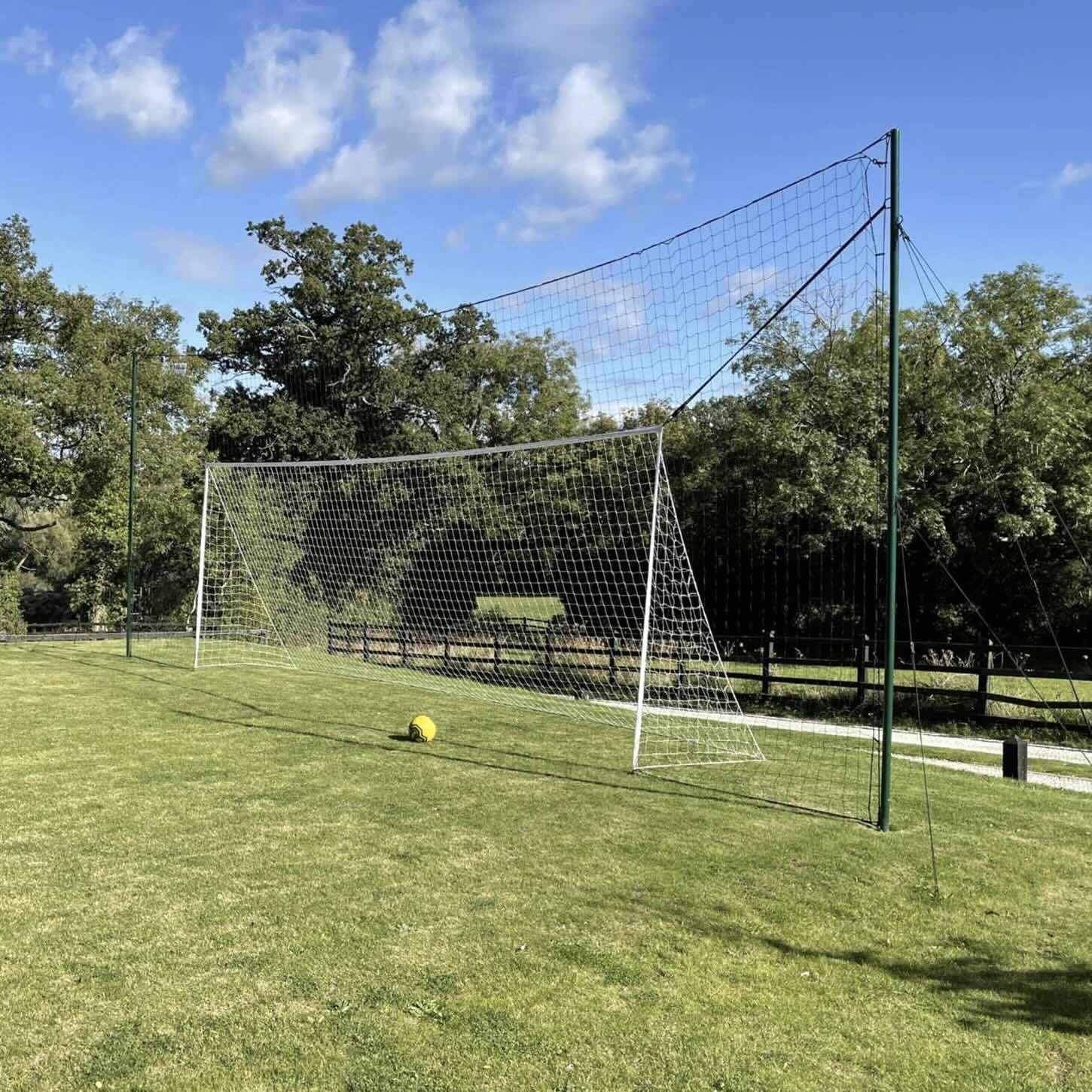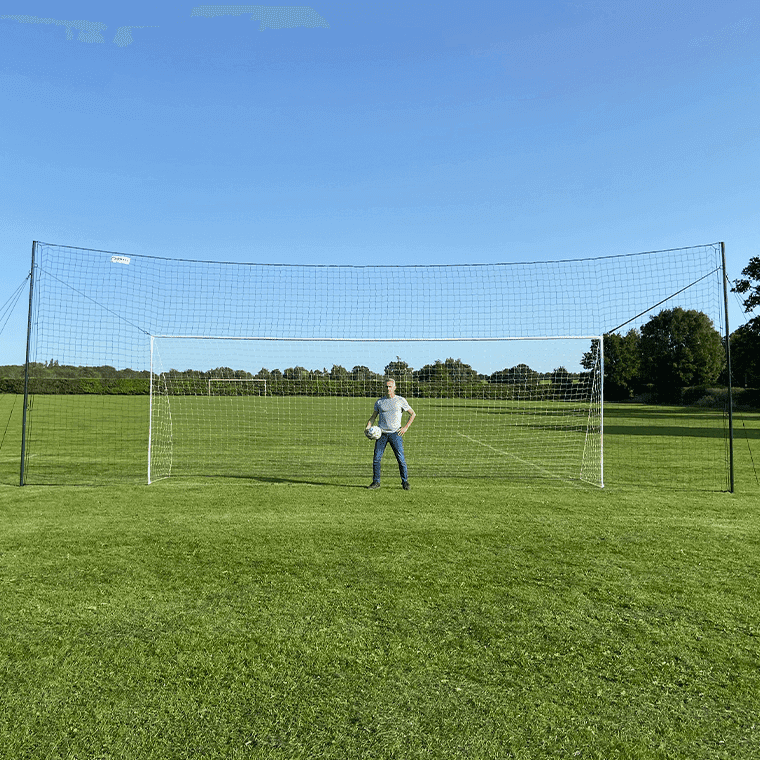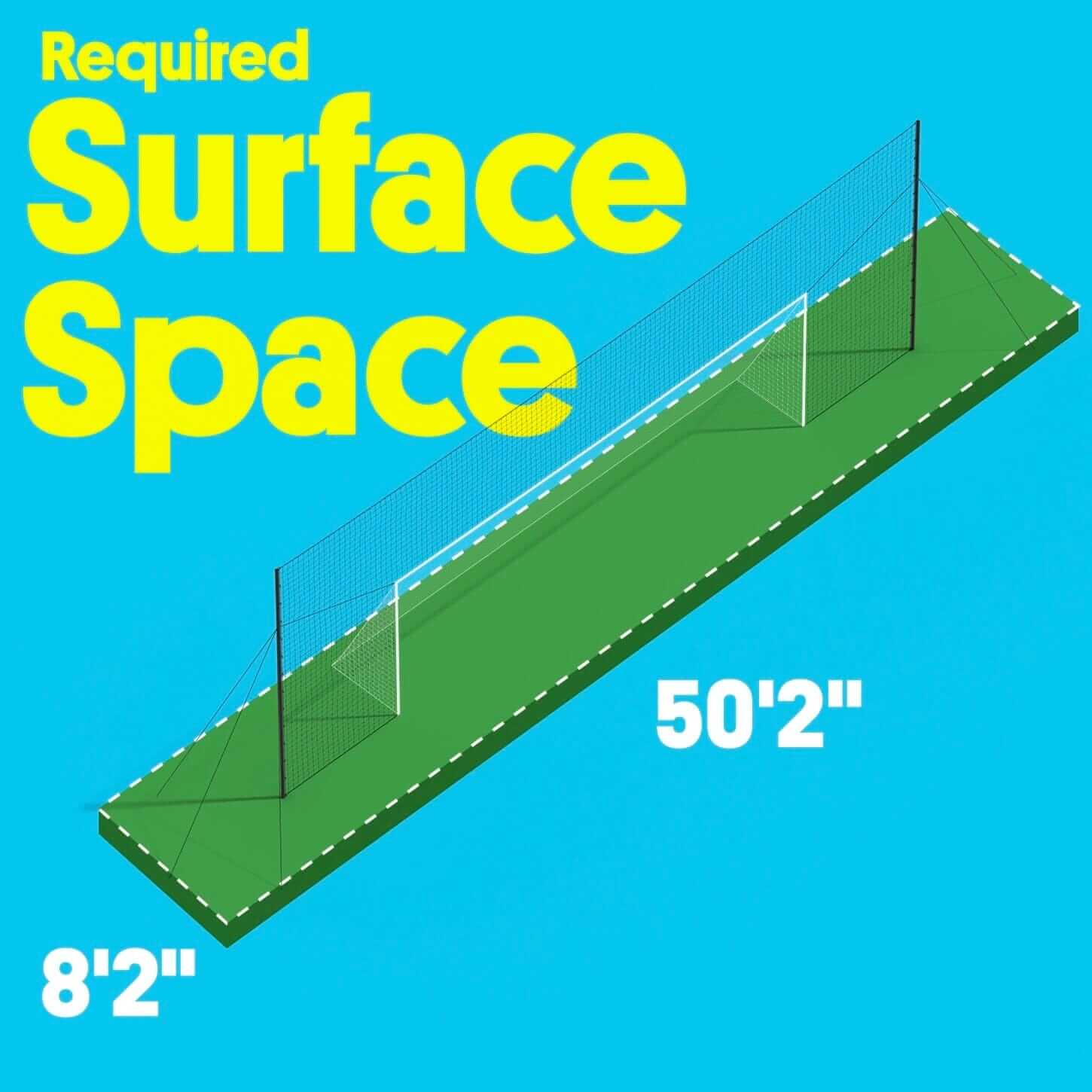When watching the USMNT in action, it is natural to expect a result from the match.
But, depending on the stage of the tournament the national team is playing in, the game can end in a draw or a tie.
Unlike American football games which usually have a clear winner and loser, a draw in soccer is a common occurrence that can happen in most leagues and tournaments.
Depending on the format of the competition, the teams can end in a draw or keep playing to determine a winner.
Let’s dig deeper to find out more about soccer draws and how they work.
By the way, if you're a soccer fan looking to learn more about the game, you may be interested in improving your own game.
The Open Goaaal 3-in-1 Trainer allows you to bring expert level soccer training into your own backyard.
What Is a Draw in Soccer?
In soccer, a draw or a tie happens when both teams have scored the same number of goals after the end of the playing time. The scoreline can also be tied at 0-0 if both teams fail to score a goal.
Keep in mind, playing time in the group stage matches is 90 minutes and does not include any extra time. Once the teams advance beyond the group stage, a draw is not possible.
Some records suggest that around 25% of the soccer matches in the UEFA Champions League or the FA Cup end in a draw. However, the percentage can vary depending on the team and the nature of the league or tournament.
Points in a Soccer Draw
As per the rules of soccer, a team earns three points for a win, one for a draw, and zero for a loss. The same rules are followed in all group-stage matches of the World Cup and teams advance to the next stage on the basis of points earned.
In some cases, teams with more draws have been able to secure a higher position in the Premier League than other teams with more wins.
This happened with Chelsea FC in the Premier League in 2020/21 as they finished ahead of Leicester City which had scored more wins.
However, too many draws and fewer wins can also cause a team to be included in the relegation zone. In this case, they end up at the bottom of the points table and are included in a lower division for the next season.
In competitions like La Liga and most other national league games, soccer clubs are ranked by the total points they score.
The team with the highest number of points is declared the champion. So there are no extra time or penalty shootouts to determine a winner for every match.

Why Ties Exist in Soccer
Obviously, a draw is an unwanted result in soccer and reduces the spectacle value of the game. Why is there no extra time and penalty shootouts to determine the winner in every game?
Good question.
There is no definite answer to that question. But we have to consider that an average soccer player, except the goalkeeper, runs around 7 miles in a game.
In soccer, FIFA wants every minute between the kickoff and the final whistle to count. So there are no timeouts or breaks like in other games conducted by the NCAA or the NHL.
That means any addition of extra playing time to every match will increase the stress on the players and make them more prone to injuries. The players might get exhausted in the early stage of a tournament or in the qualifying matches.
So, they will not be able to deliver the best show in the knockout stages or in the semifinals.
However, once the teams are in the knockout stages of a tournament, a clear winner is decided for every soccer game. So after the standard length of a soccer game, the teams play 30 minutes of extra time. If the scores remain tied, a penalty shootout takes place.
Note, unlike the NFL regular season, there is no sudden death or a “golden goal” in the FIFA World Cup. If the scores remain tied after the extra time, the result is determined by a penalty shootout.
Before FIFA introduced penalty shootouts in the 1970s, the winner was determined by playing an additional match. However, such playoffs are exceedingly rare in modern soccer championships.

Soccer Tie-Breaking Rules
Things get complicated in the World Cup group stage or major league soccer when two teams end up with the same number of points. For the World Cup, a series of tie breakers are used to determine the team positions as per FIFA rules of soccer.
Firstly, the goal difference (all the goals scored by a team across their matches minus all of their goals conceded) is considered. In the case of a tie, just the number of goals scored is considered.
If they are still tied, the head-to-head match results of the teams determine their positions.
Beyond that, FIFA has also introduced a “fair play” tiebreaker. This involves comparing the indiscipline points of each team.
The teams start with zero and lose points depending on the offenses. The team with the least number of indiscipline points earned will win the tiebreaker.
Here is the point system that is followed.
- 1 point for every yellow card
- 3 points for two yellow cards that equals a red card
- 4 points for a straight red card
- 5 points for a yellow and subsequent red card.
In the 2018 World Cup, Senegal and Japan were tied in Group H after the initial tiebreakers. So the fair play tiebreaker was used and Senegal lost more “Fair Play Conduct Points” than Japan.
So just because they were shown two extra yellow cards. Senegal was eliminated by the “fair play” tiebreaker – the first time in World Cup history. Japan went to the Round of 16 but failed to reach the quarterfinals.
In case of a tie even after following these steps, the result is determined by a drawing of lots – the final tiebreaker. Till the Qatar World Cup in 2022, no team has been eliminated in this manner.
FAQS
How is a draw settled in soccer?
In the knockout stages of a tournament, a draw is settled by 30 minutes of extra time that gives the teams a chance to score. If the scores remain tied, a penalty shootout determines the winner.
Who wins in soccer if it is a draw?
No one wins after a draw in soccer and one point is awarded to each team
Are draws allowed in soccer?
Draws are allowed in soccer in group-level matches and also in some national leagues.
Final Thoughts
In general, teams want to win each game as the extra points will add up. However, the single points from a draw can make a difference in some cases.
So even if you do not prefer watching goalless draws, do not expect to see extra time periods being added to group league matches anytime soon.
Any player wanting to win a soccer game needs to focus on improving their skills with regular practice. And no matter whether you are practicing on a soccer pitch or a DIY backyard soccer field, the Open Goaaal 3-in-1 Soccer Trainer and Rebounder is one of the best soccer training equipment you can buy.



